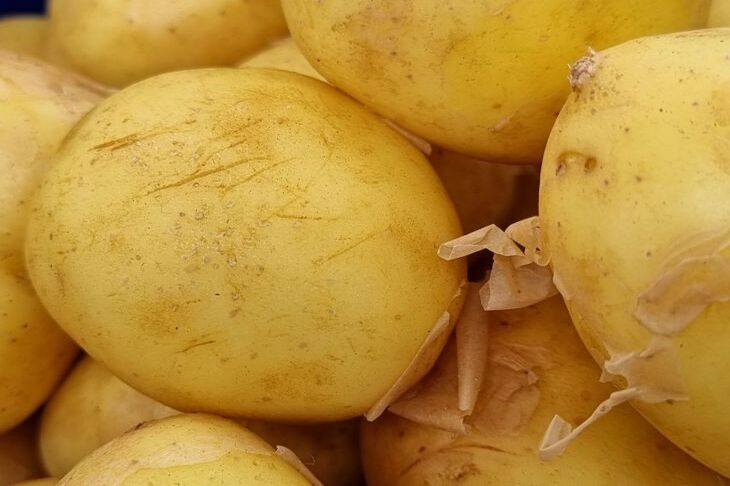What plants should not be sprinkled with ash: secrets of safe farming
Gardeners often use wood ash as a natural fertilizer to improve soil fertility.
However, not all crops react equally to such fertilizer, and some plants may suffer from careless use of ash.
Acid-loving crops are prohibited
Coniferous plants should absolutely not be fed with ash.
Pines, firs, junipers and other members of the coniferous family prefer acidic soils with low pH levels.
Ash, on the contrary, has alkaline properties, which disrupts the natural habitat of plants and can lead to their gradual suppression.

Rhododendrons and azaleas are also at risk.
These ornamental shrubs grow exclusively in acidic soils, and alkaline additives will cause irreversible changes in the root system.
Sensitive vegetable crops
Some vegetable crops do not tolerate ash fertilization.
Potatoes become more susceptible to scab and other diseases when the soil alkalinity increases.
Root vegetables, especially carrots and beets, lose their flavor and accumulate unwanted minerals.
Cruciferous crops - cabbage, broccoli, cauliflower - also require special attention.
Increased soil alkalinity leads to a deficiency of microelements and a decrease in plant immunity.
Berry crops with special needs
Strawberries and raspberries prefer slightly acidic soils.
Excessive application of ash can disrupt the acid balance, which will negatively affect the harvest.
Blueberries do not tolerate alkaline additives at all, requiring a maximally acidic environment for normal development.
Preventive measures
Before adding ash, it is necessary to conduct a soil analysis.
Agronomic studies show that the acceptable level is no more than 200 grams of ash per square meter.
It is important to distribute the fertilizer evenly and avoid direct contact with the root system of plants.
Gardeners are advised to alternate ash fertilizing with other organic fertilizers.
Compost, humus and herbal infusions help maintain nutrient balance and minimize the risk of plant damage.
